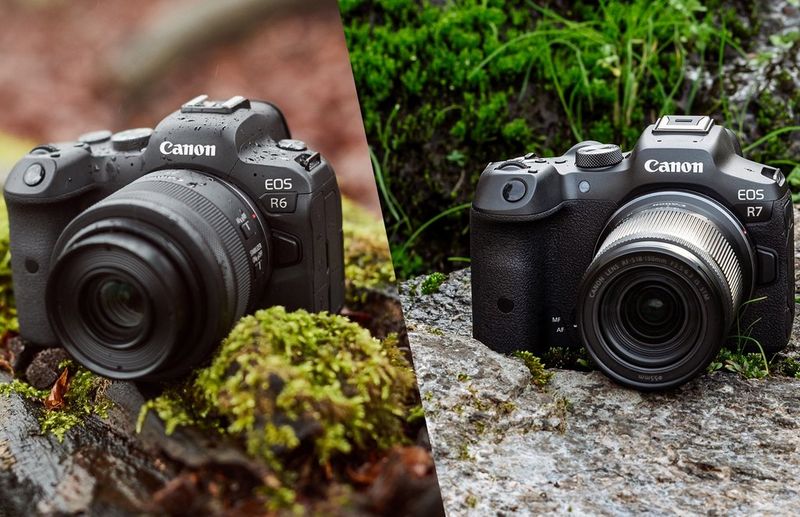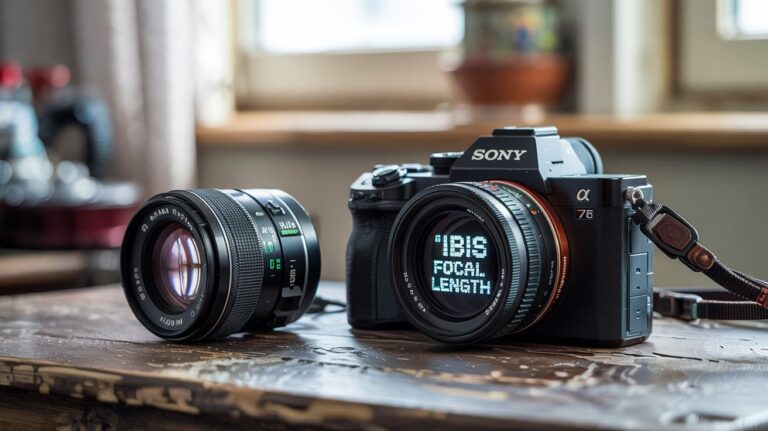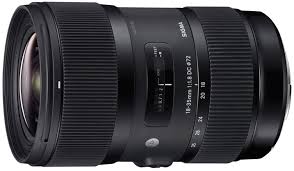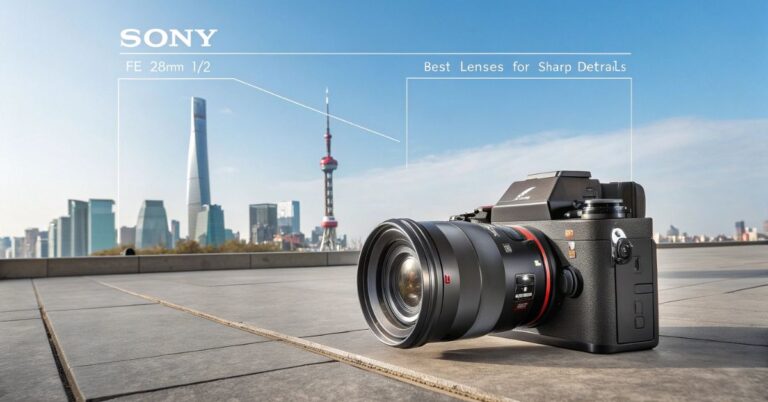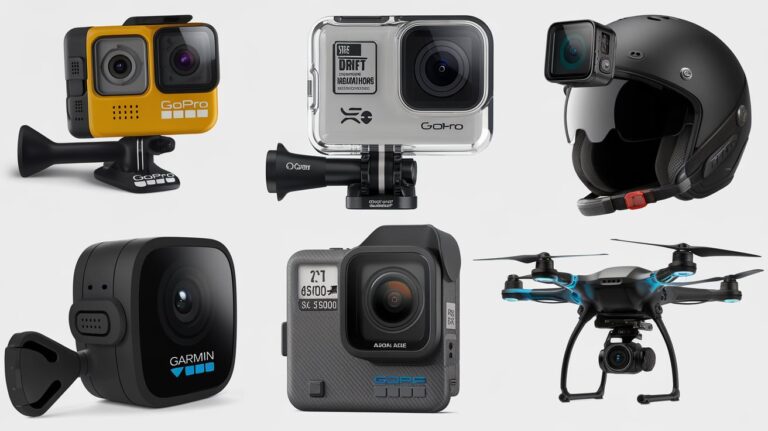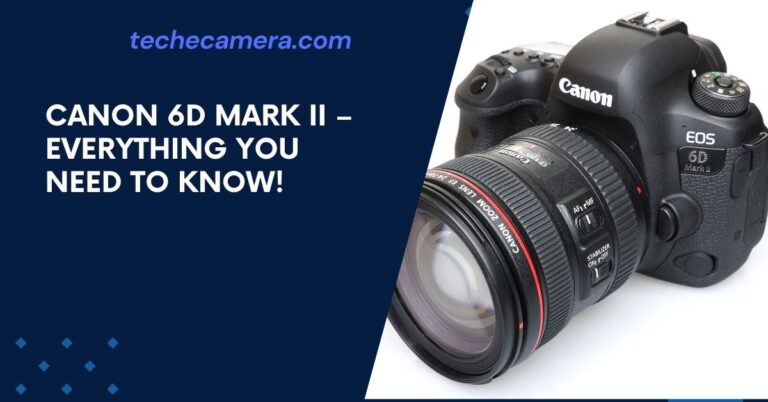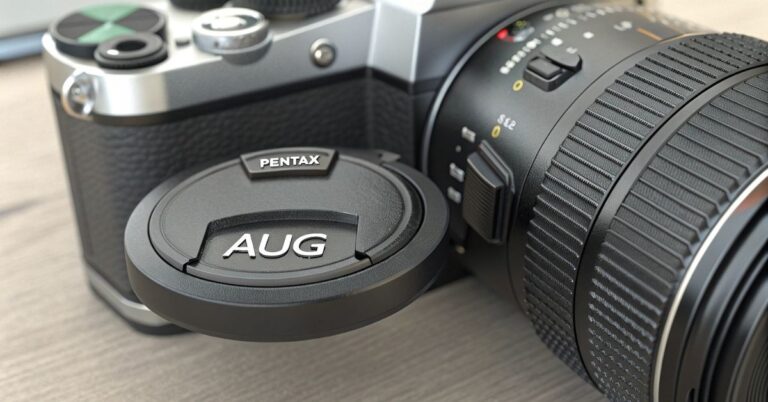Canon APS-C Cameras: The Complete 2025 Guide for Photographers!
Canon APS-C cameras have long been a popular choice for photographers who want a balance of image quality, portability, and affordability. These cameras feature smaller sensors than full-frame models, but they provide excellent results for beginners, enthusiasts, and even professionals who value reach and compact size. In 2025, Canon continues to refine its APS-C lineup, offering both DSLR and mirrorless models that appeal to a wide range of users. In this guide, we’ll explore the history, strengths, and future of Canon APS-C cameras while also highlighting the best options available today.
What are Canon APS-C Cameras?
Canon APS-C cameras are digital cameras that use an APS-C sized sensor, which is smaller than a full-frame sensor but larger than Micro Four Thirds. The crop factor of Canon APS-C sensors is 1.6x, meaning that a 50mm lens behaves like an 80mm lens on these cameras. This makes them highly popular for wildlife, sports, and travel photography, as photographers get extra reach without needing bulky telephoto lenses.
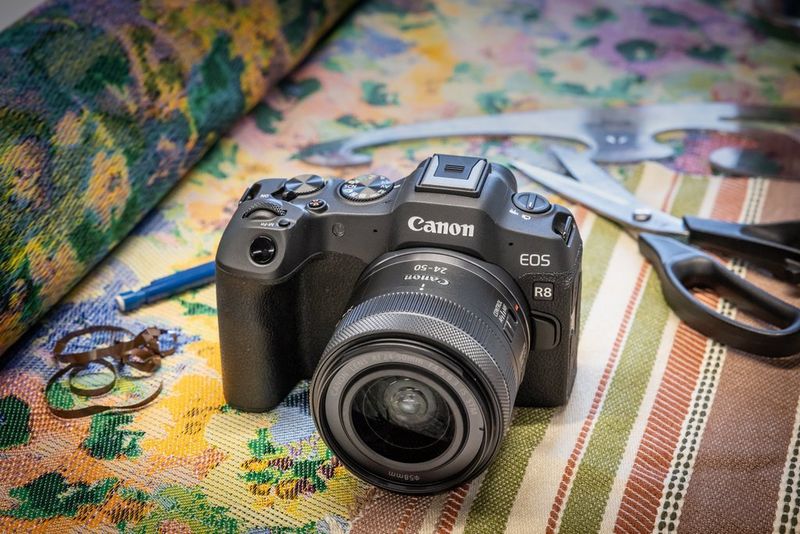
Evolution of Canon APS-C Cameras
Canon introduced its first APS-C DSLR, the EOS D30, back in 2000. Over the years, Canon has developed multiple series such as the Rebel line, which became the go-to choice for beginners, and the EOS xxD series, which catered to enthusiasts. The biggest shift came with the introduction of Canon’s EOS M mirrorless APS-C cameras and, more recently, the EOS R system that integrates APS-C bodies like the Canon EOS R10 and R7. These modern cameras combine powerful features with compact designs, making them more competitive in today’s market.
Why Choose Canon APS-C Cameras?
Canon APS-C cameras strike a unique balance that attracts a wide audience. They are lighter and more affordable than full-frame models, yet they offer excellent image quality for most photography needs. Their crop factor benefits telephoto shooting, which is perfect for wildlife and sports. Additionally, Canon’s color science and Dual Pixel Autofocus system provide natural-looking images and reliable performance. For creators, Canon’s APS-C mirrorless cameras also offer strong video features, making them versatile hybrid tools.
Canon APS-C vs. Full-Frame: Key Differences
Sensor Size
The biggest difference between Canon APS-C and full-frame cameras is the size of the sensor. A full-frame sensor is larger, which means it can capture more light.
Low-Light Performance
Because full-frame sensors collect more light, they usually perform better in dark or low-light conditions. You’ll notice less noise and cleaner images.
Background Blur
Full-frame cameras also make it easier to get stronger background blur (bokeh), which many photographers love for portraits.
Size and Weight
APS-C cameras are smaller and lighter because of their compact sensors. This makes them easier to carry around for travel or everyday use.
Price
APS-C cameras are generally more affordable, both for the camera body and the lenses. Full-frame gear costs more, which can be harder for beginners.
Which One Should You Choose?
If you’re just starting out or want a lightweight and budget-friendly option, APS-C is more than enough. But if you need the best image quality for professional work, full-frame might be the better choice.
Canon APS-C DSLR Cameras: Are They Still Worth It?
Although the mirrorless revolution has shifted Canon’s focus, APS-C DSLR cameras like the Canon EOS Rebel T8i and the Canon EOS 90D remain relevant. DSLRs still offer optical viewfinders, long battery life, and a vast array of lenses. However, Canon has been gradually transitioning toward mirrorless, meaning future innovations will mostly arrive in the EOS R lineup. If you prefer an optical viewfinder and already own EF-S lenses, Canon APS-C DSLRs are still a strong choice in 2025.
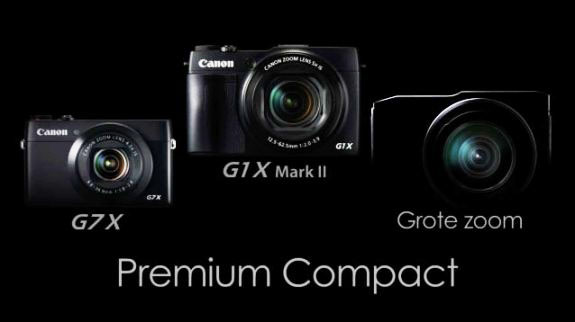
Canon APS-C Mirrorless Cameras: The Future of Canon
Canon’s APS-C mirrorless lineup has quickly become the future of the system. Cameras like the Canon EOS R10 and Canon EOS R7 represent a new era, combining cutting-edge autofocus, 4K video capabilities, and compact designs.
The EOS R7 in particular targets enthusiasts and semi-professionals, offering advanced stabilization and fast burst rates, while the EOS R10 provides a more budget-friendly entry point into the EOS R ecosystem. These models show Canon’s commitment to APS-C within the RF mount.
Best Canon APS-C Cameras in 2025
If you’re shopping for Canon APS-C cameras this year, the top choices include the EOS R7, EOS R10, and EOS 90D. The R7 is perfect for serious enthusiasts who want a powerful hybrid camera. The R10 suits beginners and content creators who want a lightweight yet capable camera. The 90D, although a DSLR, still stands strong for those who prefer traditional handling and long-lasting batteries. Each of these models demonstrates why APS-C remains relevant in 2025.
Lenses for Canon APS-C Cameras
This ensures photographers always have access to quality lenses for any style of shooting.
- RF-S Lenses (Mirrorless):
- Canon is building a strong lineup for APS-C mirrorless models.
- Popular choices include the RF-S 18-45mm (compact everyday zoom) and RF-S 55-210mm (telephoto for sports and wildlife).
- Using RF Full-Frame Lenses:
- RF full-frame lenses are compatible with APS-C cameras.
- This gives users more flexibility, especially for higher-end glass.
- EF-S Lenses (DSLR):
- For Canon DSLR APS-C users, the EF-S lens family is wide and affordable.
- Options range from simple kit lenses to specialized macro and wide-angle choices.
- Lens Compatibility Advantage:
- APS-C cameras can use both dedicated APS-C lenses and many full-frame lenses.
Who Should Buy Canon APS-C Cameras?
Canon APS-C cameras are ideal for beginners, enthusiasts, and even professionals who need portability and reach. Beginners benefit from their affordability and user-friendly design. Enthusiasts enjoy their versatility for travel, landscapes, and sports. Professionals may use them as lightweight secondary cameras or for situations where telephoto reach is essential. Essentially, APS-C strikes the right balance for anyone who values compactness without giving up too much image quality.
The Future of Canon APS-C Cameras
Growth in the EOS R System
Canon is focusing more on its EOS R mirrorless line, and APS-C cameras will continue to be an important part of it.
More RF-S Lenses Coming
We can expect Canon to release more RF-S lenses made specifically for APS-C users. This means more choices for everyday, travel, and professional needs.
Better Autofocus and Stabilization
Future APS-C models will likely get faster autofocus, stronger video features, and improved image stabilization.
Shift Away from DSLRs
Canon will slowly move away from APS-C DSLRs, but the mirrorless models will take their place with better performance.
Accessible and Powerful Tools
APS-C cameras will stay in the lineup because they give beginners, hobbyists, and even pros an affordable way to enjoy Canon’s latest technology.
Conclusion
Canon APS-C cameras continue to play a vital role in the photography world. They offer the perfect balance of image quality, portability, and affordability. With the EOS R7 and R10 leading the mirrorless lineup and DSLRs like the 90D still relevant, photographers have plenty of options in 2025. Whether you are starting your photography journey or seeking a capable travel and sports camera, Canon APS-C cameras remain one of the best choices available.
FAQs
1. What does APS-C mean in Canon cameras?
APS-C refers to the sensor size used in certain Canon cameras. It has a 1.6x crop factor compared to full-frame sensors, offering extra reach with lenses.
2. Are Canon APS-C cameras good for beginners?
Yes, APS-C cameras are affordable, lightweight, and easy to use, making them perfect for beginners who want to learn photography without spending too much.
3. Do Canon APS-C cameras work with RF lenses?
Canon APS-C mirrorless cameras support RF-S lenses and can also use full-frame RF lenses, giving users access to a broad lens lineup.
4. Which Canon APS-C camera is best for video?
The Canon EOS R7 is currently the best APS-C option for video, offering 4K 60p recording, in-body stabilization, and advanced autofocus.
5. Will Canon continue making APS-C cameras?
Yes, Canon has made it clear that APS-C remains a key part of its mirrorless lineup, and more models and lenses are expected in the coming years.
